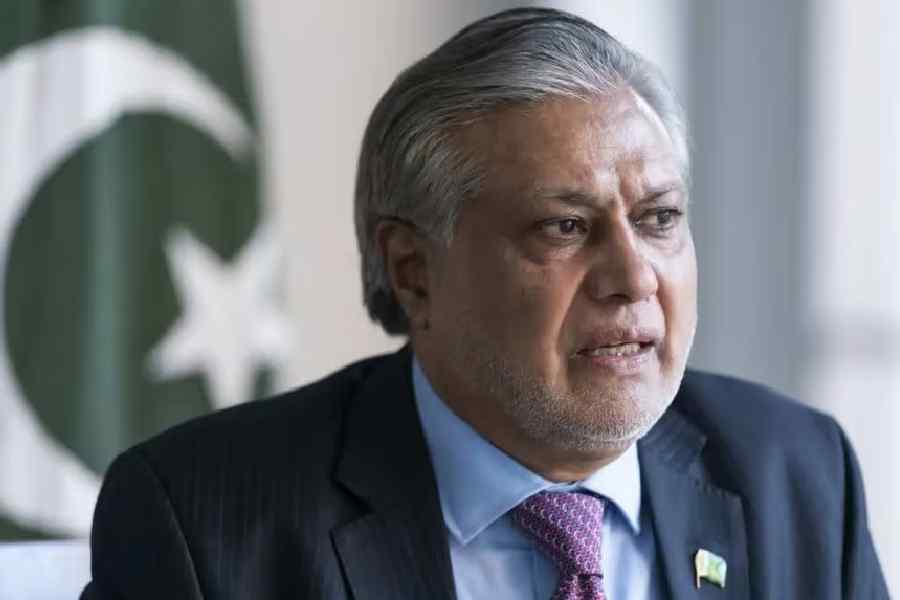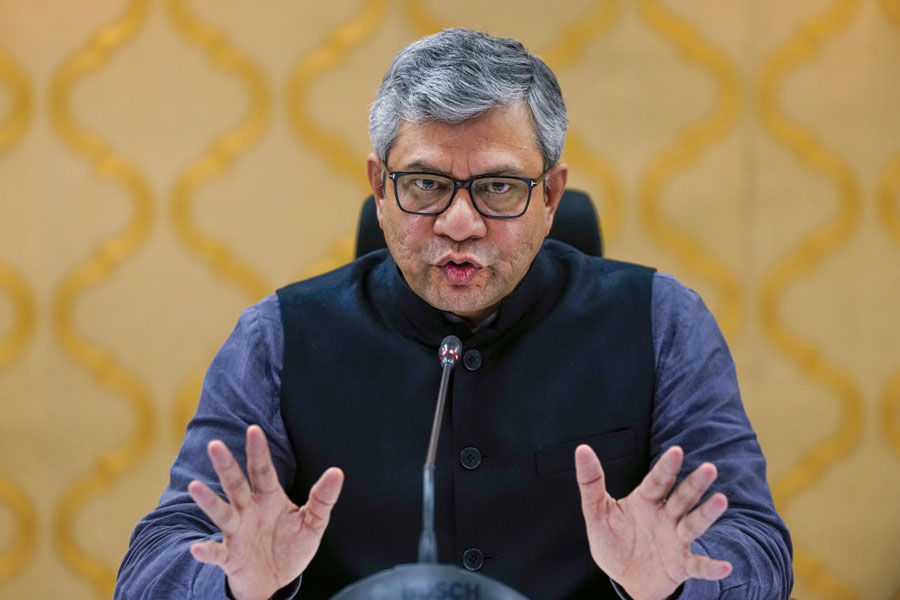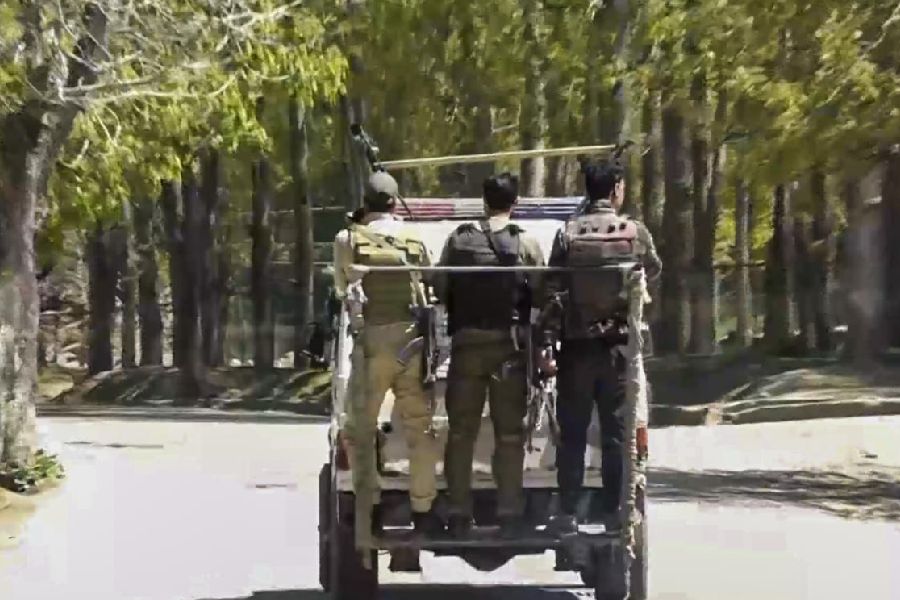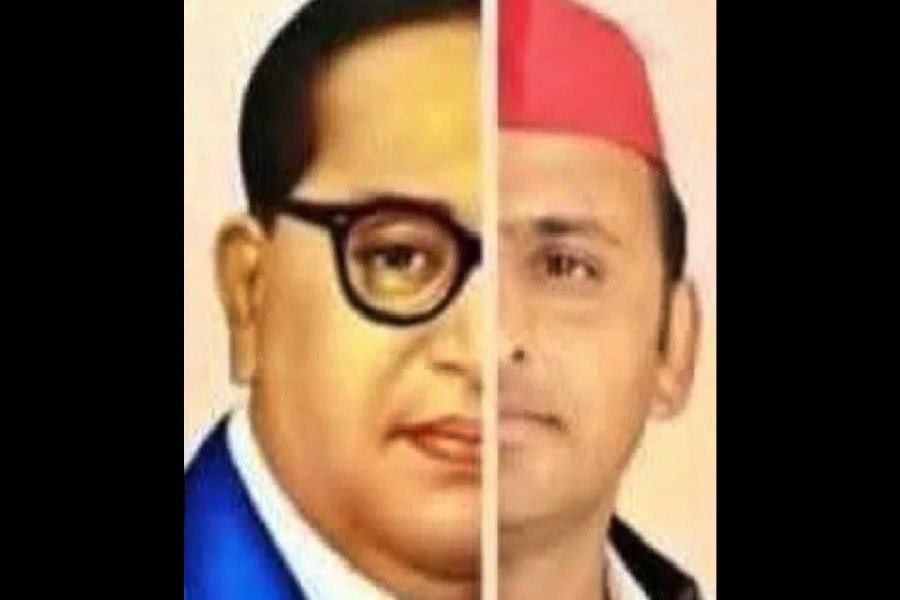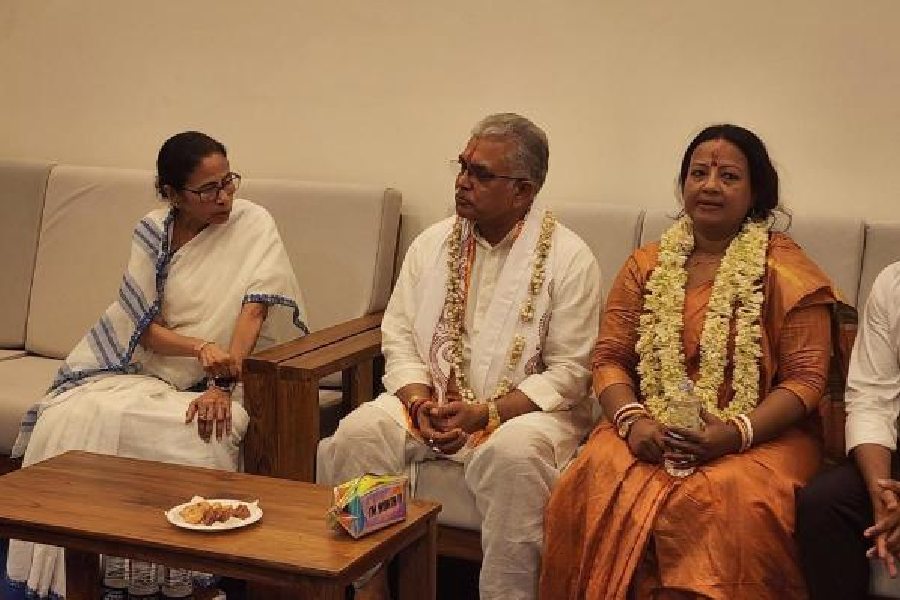
Calcutta: Is Transfer of Development Rights (TDR) the solution to heritage structures being pulled down in the city?
At a discussion organised by CAL (Calcutta Architectural Legacies), an initiative led by writer Amit Chaudhuri, at Alliance Fraincaise du Bengale in the city on Wednesday evening, TDR emerged as a strategy to preserve old buildings from being "developed", and therefore demolished.
The old Kenilworth hotel is only the latest example of a gorgeous old building making way for a highrise. "In a diminishing city, how do we turn this conversation into something meaningful?" asked Chaudhuri. The finger was pointed at the role of the government.
Put very simply, TDR means that a developer would offer the owner of a building a price to buy it, but would be given a different, equivalent location to build, and the owner would keep the money to maintain his building. It is swapping land. With the stakeholders, it involves the direct - and obvious - participation of the government.
But not in Bengal. A proposal for TDR, which has been adopted with some success in cities like Mumbai, has been lying with the state government for four years, pointed out conservation architect Partha Ranjan Das.
"In 1998 an expert committee on heritage buildings appointed by the government came out with a list that they emphasised was only an 'initial enlistment of buildings etc'. It was only the beginning of a process. They were quite clear that a scientific and methodological process had to be undertaken, including documentation. Moreover, each enlistment was supposed to be supported by photographs and brief explanatory notes based on 'authoritative history'. The CMC began the process of verification but progress was slow, and eventually, in 2009, the list was notified as heritage without the extensive documentation and verification recommended by the expert committee," said conservation architect Nilina Deb Lal. Activist Pradeep Kakkar was critical of TDR as a mechanism working in Calcutta, given its realities. "There is no hope in hell," he said, and advocated "genteel terrorism" aimed at civic bodies.
Nandu Belani of CREDAI, a leading organisation of real estate developers, pointed at a real problem: often the owners of an old building cannot afford to maintain the house. He, too, felt that TDR was a way out, and agreed to meet government officials with a CAL team.
Architect and historian Ravi Vasavada from Ahmedabad, whose efforts contributed to the old city of Ahmedabad being granted World Heritage City status, did not dismiss TDR, but said the practice could be open to misuse, as was being seen in his city. He suggested that a bank be opened with every owner of an old house buying a share of Rs 100, and the funds be used for the building's upkeep.
At the start of the evening, French consul general in Calcutta Damien Syed had spoken of the ongoing French effort to save the now scanty French heritage in Chandernagore. The idea is to make Chandernagore feel that local heritage belongs to the local community.
But a civil society effort is not enough if the government remains unmoved. Or worse, leaning in the other direction. Chaudhuri spoke about his difficulties to access an "intractable system". Das stressed that the need of the hour was to persuade or coerce the government.
Otherwise TDR, and other ideas, will remain castles in the air, not a sustainable form of architecture.


